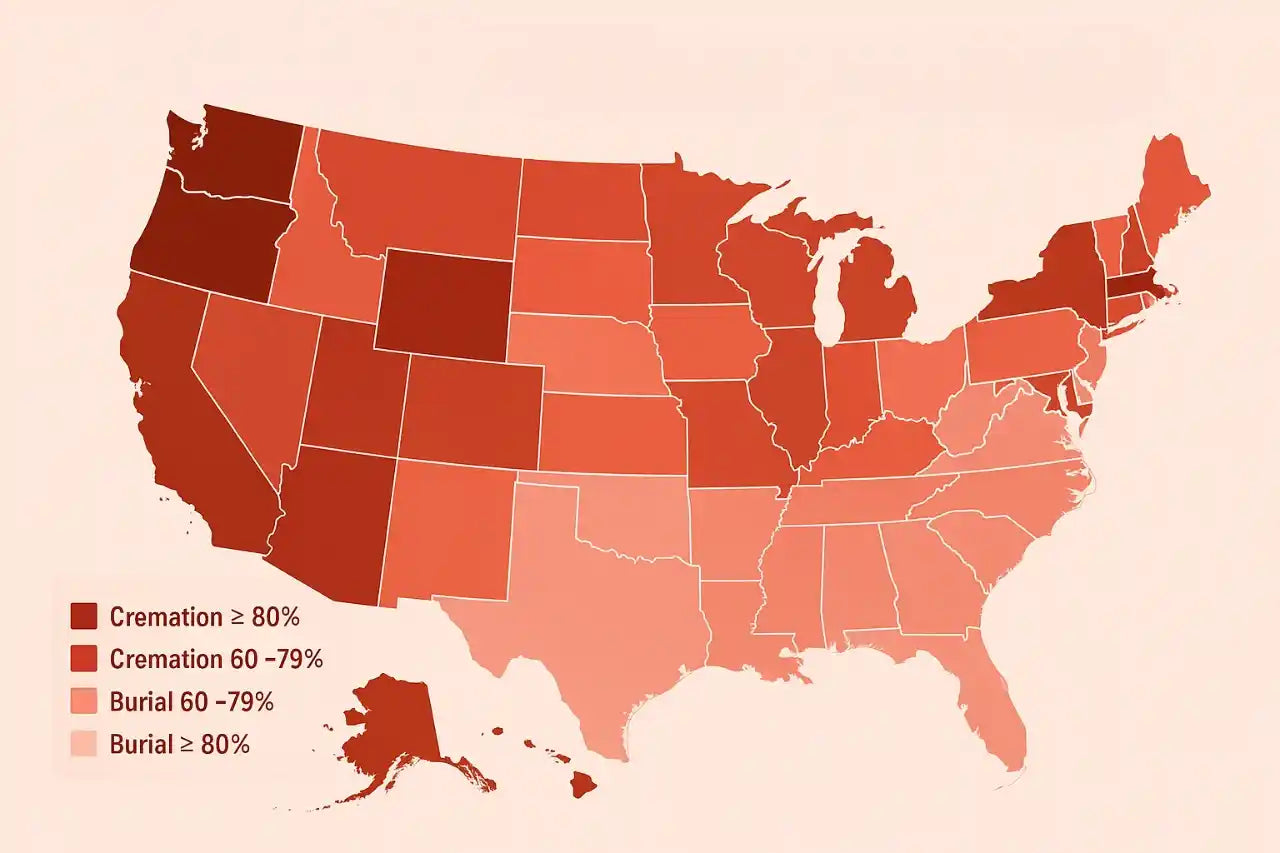I am recently back from visiting Sayulita, Mexico, a small beach town about an hour North of Puerto Vallarta on the Pacific coast. It’s a place I have returned to several times in the last few years. Despite being a location for a recent season of “The Bachelor in Paradise,” it remains largely the fishing and surf destination it has always been. The best way this gringo can describe it is, it’s where hippies, surfers, and actual Mexicans go to relax and recharge.
One of my favorite things about Sayulita, other than the people, food, music, weather, etc, is a “hidden” beach South of the main town. To get there, you must hike a huge hill that takes you through a very vibrant Mexican cemetery colorfully decorated with dancing Day of the Day skeletons. I am impressed with all the differences from the more stoic cemeteries I’ve grown up with in the States. It also reminded me of the healthy role of funerals and cemeteries in coping with one’s own demise.
As the skeletons guided me to my destination, I became acutely aware of my own fleeting existence. Some social psychologists suggest that the human mind acts predictably irrationally in response to reminders of death. They argue that the evolution of self-consciousness in humans came with a heavy price, which is the awareness of mortality. This awareness of death brings a crippling anxiety that interfered with our ancestors' otherwise adaptive, everyday social behaviors. What’s the point of grappling with life’s struggles if we all succumb to them eventually?
Terror management theory (TMT) is a social theory introduced by Jeff Greenberg, Sheldon Solomon, and Tom Pyszczynski in their book The Worm at the Core: On the Role of Death in Life. In it, the authors theorize that a basic psychological conflict results from having a self-preservation instinct while realizing that death is inevitable and, to some extent, unpredictable. This conflict produces terror, which is managed through a combination of escapism and cultural beliefs that act to counter biological reality with more significant and enduring forms of meaning and value.
In Mexico, death is not seen as an end but as a vibrant expression of life - a sentiment that is fully supported by a rich collection of cultural traditions. This ethos offers a unique perspective through which we can understand the human condition, specifically through the prism of TMT. The Mexican approach to mourning is a result of an interplay between cultural rituals and psychological mechanisms that aim to manage the terror of our inevitable mortality.
TMT suggests that the awareness of death's inevitability creates a pervasive existential anxiety. To manage this terror, humans hold onto cultural worldviews that give life meaning, affirm self-worth, and promise some form of symbolic immortality. In the Mexican context, mourning practices are rich with symbols and rituals that speak to this deep-seated need for continuity and significance beyond death.
The Wake: A Communal Embrace of Life and Death
In Mexico, the wake is a testament to the enduring presence of the deceased within the community. Far from a somber gathering, it is an event filled with life, stories, and shared memories. The open casket, adorned with a cherished photograph, serves as a poignant reminder of the individual's legacy, while the communal activities around it - from eating to playing card games - underscore the continuation of life amidst loss. This practice aligns with TMT's assertion that affirming connections within one's cultural group can mitigate the anxiety of mortality by reinforcing the belief in a symbolic life extension through memory and legacy.
The Rosary and High Mass: Affirmations of Faith and Continuity
The recitation of the rosary and the conduct of a high mass are deeply symbolic acts that reinforce communal bonds and offer a sense of continuity. These rituals provide a structured space for the living to express their grief, affirm their religious faith, and collectively participate in securing the deceased's spiritual journey. The community reaffirms its shared beliefs and values through these acts, thus providing a buffer against existential anxiety by embedding the individual's memory within a larger, enduring narrative.
Processions and Cemetery Rituals: The Public Assertion of Memory
The procession to the gravesite and the subsequent burial rituals are public affirmations of the deceased's place within the community fabric. The act of throwing earth onto the casket and the decoration of the gravesite with candles and flowers are physical manifestations of the community's ongoing relationship with those who have passed. These actions, coupled with the tradition of lighting candles and reciting the rosary in the days following the funeral, underscore communal defiance of death's finality. Such practices can be seen as societal mechanisms to manage terror, as they highlight the community's role in the perpetual remembrance and celebration of the deceased, offering a form of symbolic immortality.
The Role of Doulas: Bridging the Individual and the Collective
The inclusion of doulas in the mourning process emphasizes the importance of respect, support, and the acknowledgment of grief within the communal context. Upon invitation, their presence at wakes and funerals signifies the community's openness and the shared burden of loss. This practice reflects TMT's emphasis on the need for close relationships and communal support to assuage the fear of insignificance that death can evoke.
Through the lens of Terror Management Theory, Mexican mourning practices can be seen as both a reflection of and a response to the existential dread of mortality. These traditions provide a rich tapestry of rituals that celebrate life, affirm communal bonds, and offer symbolic pathways to immortality. By embedding the individual within a larger cultural narrative, they not only honor the deceased but also fortify the living against the terror of oblivion.
Vibrant rituals, communal participation, and symbolic remembrance acts characterize the Mexican mourning approach. It offers a compelling example of how culture shapes our confrontation with mortality. Through these practices, the terror of death is managed not with silence and solitude but with color, life, and community. In doing so, they remind us that in the face of death, we find not just the end of life but the affirmation of our deepest desires for connection, meaning, and immortality. So, I leave you with images of grinning skeletons “hanging 10” in Sayultia.


